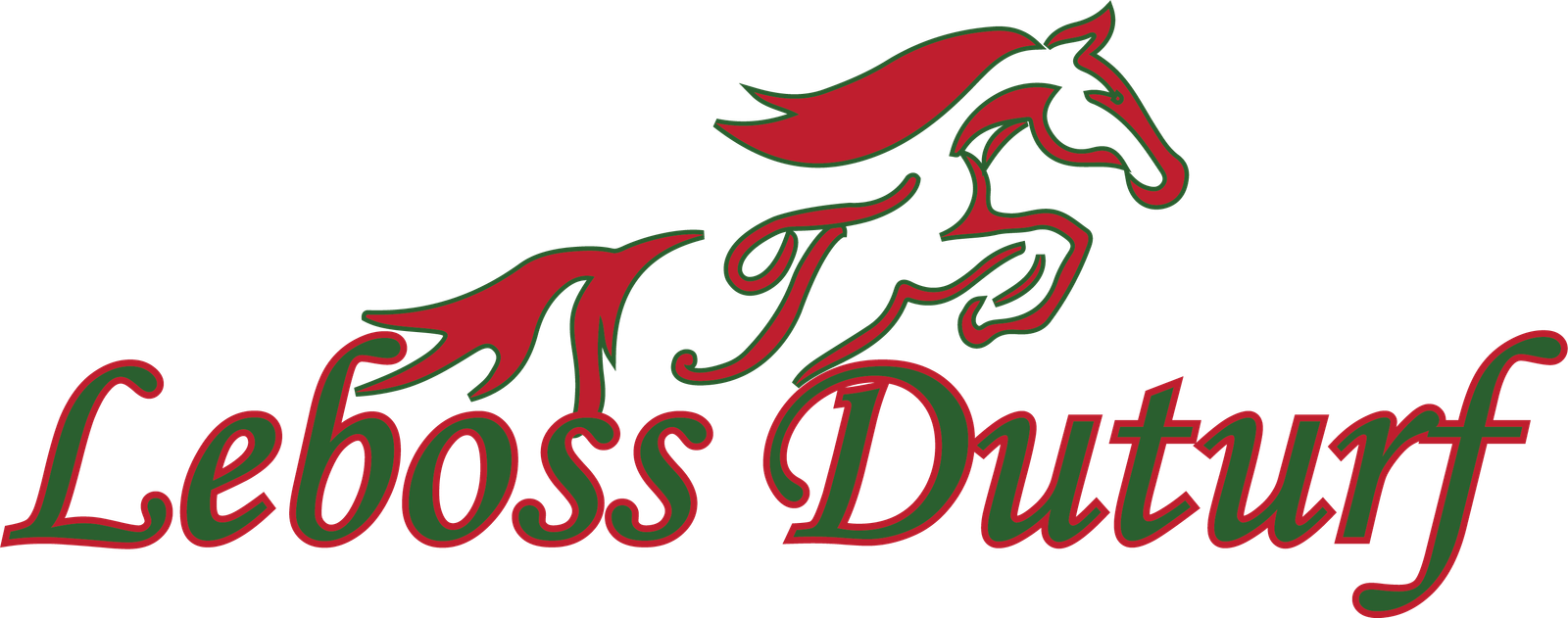Introduction
In the world of legend and fantasy, some animals have a deeper emotional impact on us than others. The “perchedor” is one such mysterious and fascinating phenomenon. The name may not be well-known, but its meaning and origins are deeply ingrained in many different nations’ mythology. This blog post seeks to provide readers a comprehensive understanding of the perchedor by examining its origins, traits, and cultural effects.
What is a Perchedor
A legendary bird with an air of mystery, the perchedor is sometimes portrayed as a majestic, eagle-like bird. The word “perchedor” is a compound word made up of the words “perch,” which describes its favorite resting place up in the woods or mountains, and “edor,” which comes from old languages and means “watcher” or “guardian.” This creature is important in folklore and mythology because it is said to have knowledge and a strong connection to the natural world.
Historical Origins and Mythological Roots
The perchedor’s origins can be found in prehistoric cultures, when it was regarded as a protective spirit. Similar animals were connected to gods and goddesses in Greek mythology, signifying strength and defense. According to Native American legend, the perchedor frequently led tribes and guarded holy areas in his capacity as a messenger between the material and spiritual worlds.
Physical Characteristics
It is said that the perchedor is a big bird with a maximum wingspan of fifteen feet. Its brilliantly colored plumage shimmers in the sunlight, displaying tones of gold, blue, and green. The eyes of the perchedor are frequently portrayed as being profound and perceptive, able to see over long distances and into the souls of creatures. Not only are its beak and sharp talons useful for hunting, but they also serve as emblems of its power and authority.
Behavior and Habits
Being solitary beings, perchedors enjoy the seclusion of lofty mountains or old forests. They have a reputation for being expert hunters, frequently catching fish and small mammals as their prey. Perchedors are solitary creatures, but they are also quite smart and have been known to bond with some humans, particularly those who are considered deserving or good-hearted. Built from twigs and leaves, their nests are revered and are frequently located in the topmost branches of old trees.
The Perchedor in Literature and Media
The perchedor has appeared in numerous literary works and media throughout history. The perchedor is a representation of strength, protection, and knowledge in both contemporary fantasy literature and ancient writings. The phoenix, a bird of rebirth and immortality, is a creature that resembles the perchedor in J.K. Rowling’s “Harry Potter” series. Similar to the perchedor, the eagles serve as the protagonists’ allies and protectors in J.R.R. Tolkien’s Middle-earth, and they have many traits in common with them.
Cultural Significance
In many countries, the perchedor has great cultural significance. Similar animals were shown with gods in ancient Egyptian art, signifying heavenly protection. Harmony and balance are symbolized by the fenghuang, which is frequently likened to the perchedor in Chinese mythology. The perchedor’s cross-cultural prevalence attests to both its enduring appeal and our shared interest with strong, unearthly entities.
Comparative Analysis with Similar Creatures
There are a number of similarities between mythological monsters and the perchedor. The phoenix, which is renowned for rising from the ashes, is associated with immortality and rebirth, much like the perchedor. The griffin, a beast with an eagle’s head and wings and a lion’s body, is a reflection of the perchedor’s might and grandeur. These parallels aid in our comprehension of the perchedor’s position among other mythological creatures.
Symbolism and Interpretations
The perchedor is a very symbolic object that frequently stands for protection, discernment, and knowledge. Its lofty perch represents a higher vantage point, seeing the world with clarity and comprehension. As a guardian, the perchedor keeps an eye on people it thinks deserving, demonstrating its protective nature. According to many readings, the perchedor serves as a link between the material and spiritual worlds and represents the duality of life and death.
The Future of the Perchedor in Popular Culture
In the future, the perchedor’s influence on popular culture is expected to remain strong. The combination of beauty, strength, and mystery of the perchedor is certain to keep spectators enthralled as younger generations learn more about the complex tapestry of mythological creatures. Because of its versatility to fit into many stories, the creature will continue to be a mainstay in the fantasy and mythological genres for a very long time.
Conclusion
A timeless representation of strength, protection, and knowledge is the perchedor. Because of its cultural relevance and long history, it is an intriguing topic to research. The perchedor is a monument to the continuing power of narrative and human imagination, as we continue to delve into the myths and legends that define our knowledge of the universe.
FAQ
Is the perchedor based on a real animal?
No, the perchedor is a fictional animal, despite having traits in common with actual birds like falcons and eagles.
Are there any modern sightings of perchedors?
The perchedor’s mythology endures despite the lack of confirmed current sightings, thanks to its frequent appearances in literature, art, and media.

